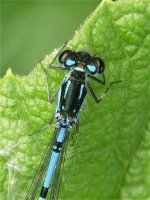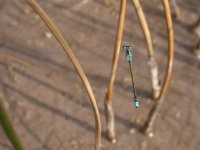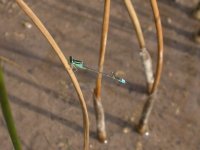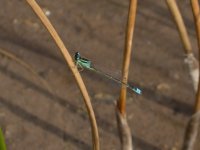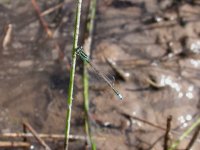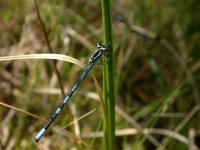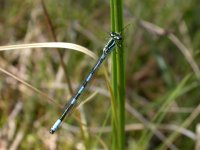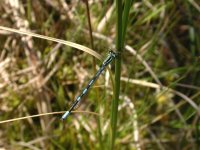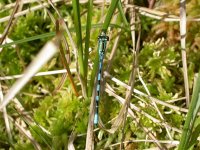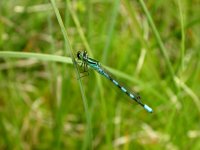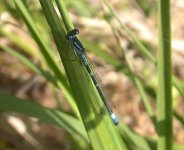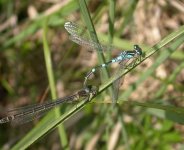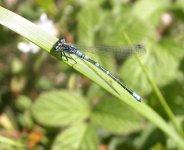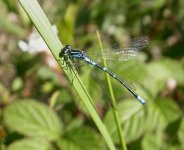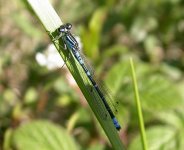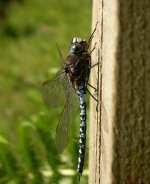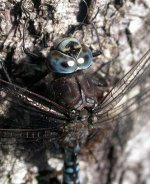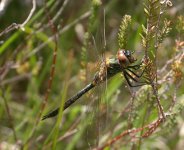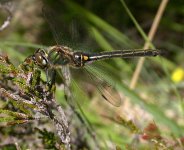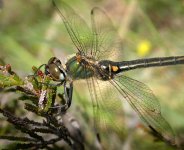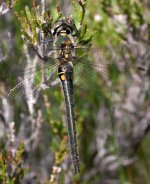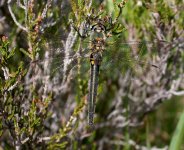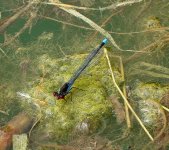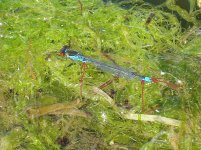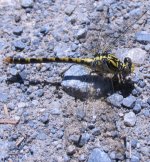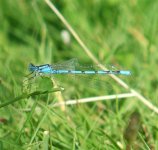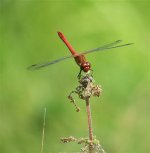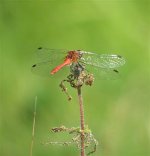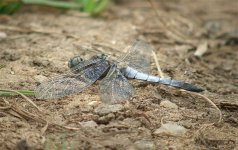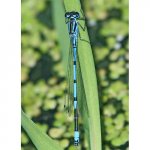HarassedDad
Norfolk County Butterfly Recorder
Just a thought for the new season: If you would like to get an ID of exuvae found, the significant shots to photograph are:
1 A shot from directly above looking down (to see the spines on the sides and the anal protuberances)
2 A shot from the side (to see the spines that run down the middle of the back)
3 A shot of the underside showing the mask.(needed to distinguish the hawkers)
Nice to have would be a shot from the front showing the head and eye position.
1 A shot from directly above looking down (to see the spines on the sides and the anal protuberances)
2 A shot from the side (to see the spines that run down the middle of the back)
3 A shot of the underside showing the mask.(needed to distinguish the hawkers)
Nice to have would be a shot from the front showing the head and eye position.




